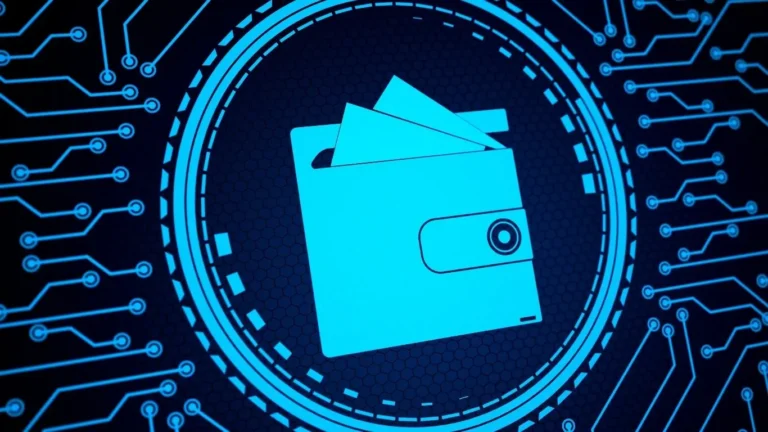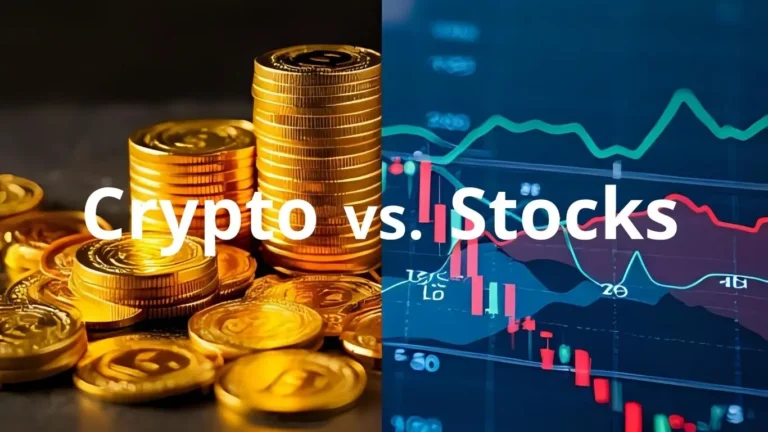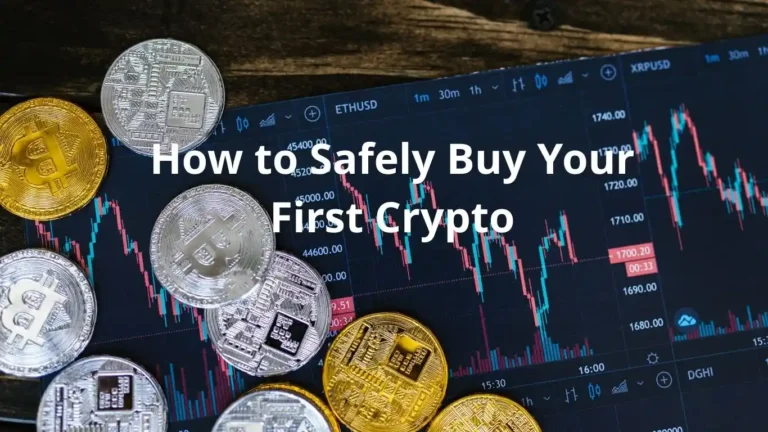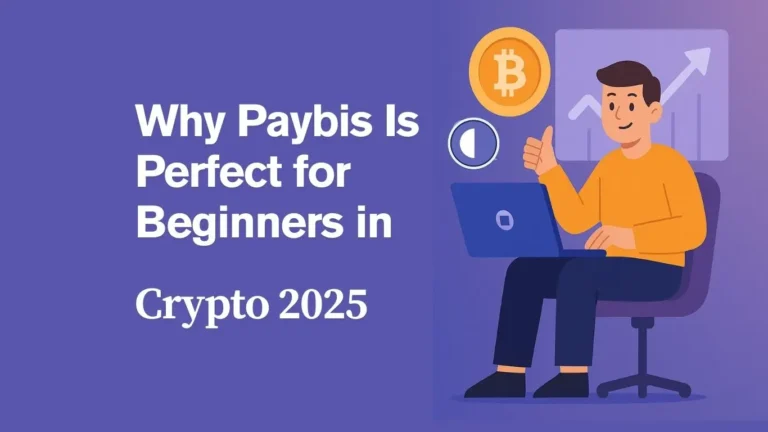Crypto Security: How to Keep Crypto Safe & Best Practices
In the ever-volatile world of cryptocurrency, how to keep crypto safe is no longer an option — it’s a top priority. From hot and cold wallets to threats like scams, phishing, and smart contract vulnerabilities, users face countless risks every day. This article will guide you through proven best practices to protect your digital assets from loss and fraud — whether you’re a beginner or a seasoned investor.
Table of Contents
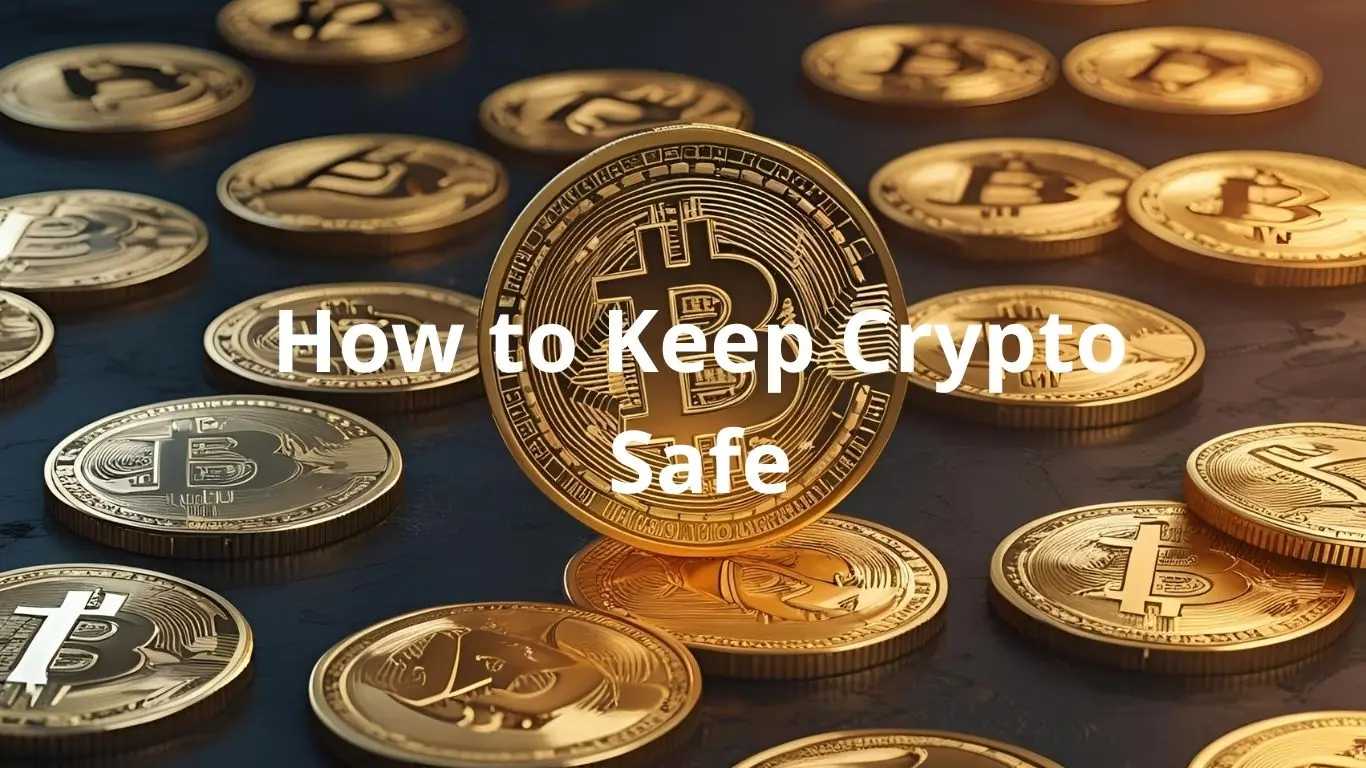
Introduction: Why Keeping Your Crypto Safe Matters Today
In the dynamic world of digital currencies, understanding how to keep crypto safe is crucial for everyone — from casual holders to serious investors. With billions lost to hacks, scams, and accidental errors, securing your assets is a responsibility, not an option. This guide highlights key risks and provides proven strategies to protect your holdings from common threats.
Types of Wallets and How to Use Them Safely
Selecting the right wallet plays a fundamental role in crypto safety. It’s important to know the difference between wallet types:
Hot Wallets (e.g., MetaMask, Trust Wallet): Connected to the internet; suitable for daily use but more exposed to risks.
Cold Wallets (e.g., Ledger, Trezor): Offline and ideal for long-term storage.
Best practices:
Use cold wallets for storing large amounts or long-term holdings.
Limit hot wallet usage to smaller, frequent transactions.
Avoid storing significant amounts on exchange wallets.
How to Protect Your Seed Phrase and Private Key
Your seed phrase and private key are the master keys to your crypto holdings. If someone gains access to them, they control your assets. That’s why protecting them is essential if you truly want to understand how to keep crypto safe.
Best practices:
Store your seed phrase offline, preferably written on paper and kept in a secure, fireproof location.
Never share your seed phrase or private key with anyone — especially not online.
Avoid storing them digitally; if necessary, encrypt and back them up securely.
By safeguarding these keys, you’re taking one of the most critical steps in learning how to keep crypto safe for the long term.
Device Security and Enabling Two-Factor Authentication (2FA)
Many security breaches originate from vulnerable personal devices. Fortifying the devices you use to access wallets and exchanges is essential.
Best practices:
Enable 2FA on all wallets and exchange accounts.
Regularly update software and use a reliable antivirus.
Avoid managing crypto on public networks or unfamiliar devices.
Recognizing and Avoiding Common Crypto Scams
Crypto scammers are constantly evolving their tactics — from phishing attacks and fake airdrops to impersonating trusted brands or influencers. Their goal is simple: trick you into giving up access to your wallet or sending funds.
To stay safe, follow these best practices:
Ignore unsolicited messages asking for wallet access or personal information.
Always double-check website URLs before entering sensitive data.
Be skeptical of high-return promises or giveaways that seem too good to be true.
Stay informed by following communities like r/CryptoScams on Reddit, where users share real-time scam alerts and warnings.
Vigilance and education are your best defenses in the fast-moving world of crypto.
Additional tip: Follow Crypto Scam Alerts on Reddit to stay informed.
Best Practices for Crypto Trading and Investing
Every crypto transaction carries some level of risk. Minimizing that risk starts with building smart and consistent habits. If you’re wondering how to keep crypto safe during trading and investing, following structured best practices is essential.
Key tips to protect your assets:
Always double-check wallet addresses before sending funds — even one wrong character can result in permanent loss.
Maintain detailed records of your transactions and portfolio performance to track growth and catch errors early.
Trade only on reputable exchanges with a proven track record of security and user protection.
Successful crypto investing isn’t just about making gains — it’s about managing risk and keeping your assets secure every step of the way.
Check CoinGecko Security for platform ratings.
Long-Term Storage: Cold Wallets & Portfolio Management
Storing crypto for the long term requires more than just holding — it demands a secure and strategic approach. Cold wallets, such as hardware wallets, are essential for keeping rarely used assets safe from online threats. Unlike hot wallets, they remain offline, drastically reducing the risk of hacks or unauthorized access.
Best practices for long-term storage:
Use cold wallets for assets you don’t need to move often, especially high-value holdings.
Audit and rebalance your portfolio regularly to ensure your allocation still matches your goals and risk tolerance.
Diversify storage — avoid putting all your crypto in one wallet or device to reduce single points of failure.
Staying Updated - Security Mindset in the Evolving Crypto Space
In the fast-paced world of crypto, security isn’t a one-time setup — it’s a mindset. Threats evolve constantly, from new phishing techniques to vulnerabilities in wallets and smart contracts. If you want to know how to keep crypto safe, the key lies in staying informed and proactive.
Best practices for a strong crypto security mindset:
Stay updated on emerging threats by following trusted news outlets, security blogs, and official project channels.
Join reputable communities on Reddit, Discord, or Telegram to exchange insights and get early warnings about scams or exploits.
Treat security as a continuous skill, not something you “set and forget.” Regularly review your wallet setups, update your devices, and refresh your knowledge.
In crypto, being one step ahead can make all the difference between safety and loss.
Conclusion and Next Steps to Keep Your Crypto Safe
| Practice | Goal |
|---|---|
| Use cold wallets | Protect long-term assets |
| Enable 2FA and use strong passwords | Prevent unauthorized access |
| Be cautious of scams | Avoid unnecessary losses |
| Don’t fall for “unrealistic” profits | Maintain a clear mindset |
| Keep clear records | Manage easily & learn from experience |
Maintaining crypto security is an ongoing process. By applying these best practices and staying informed, you’ll significantly reduce the risk of theft or loss. Whether you hold Bitcoin, Ethereum, or other digital assets, responsible management is key to protecting your investments for the long term. Learning how to keep crypto safe is the most valuable investment you can make today.
If you’re just getting started with crypto and wondering how exchanges compare, check out our beginner-friendly guide: 👉 Crypto for Newbies: Is Paybis Better than Binance?


